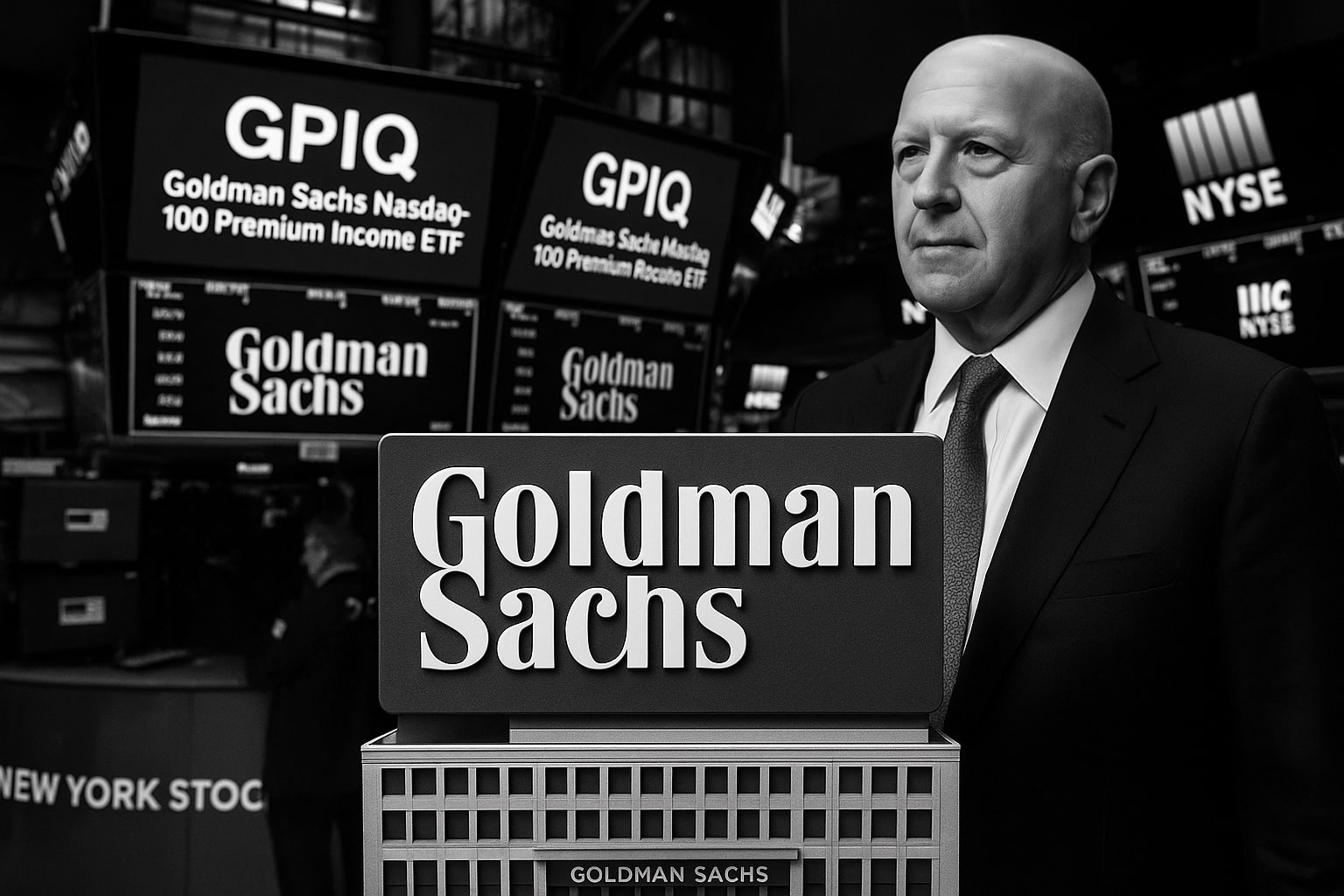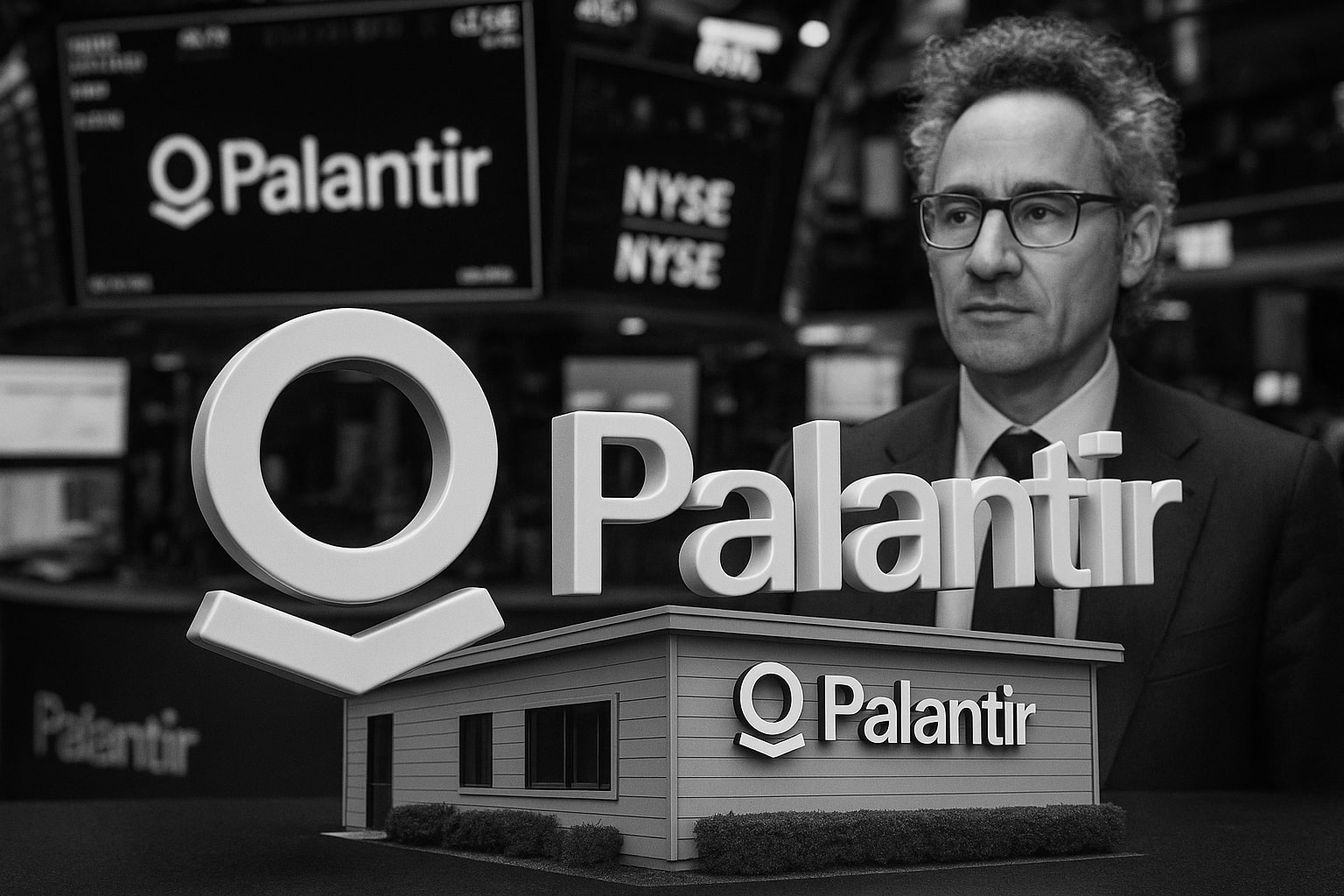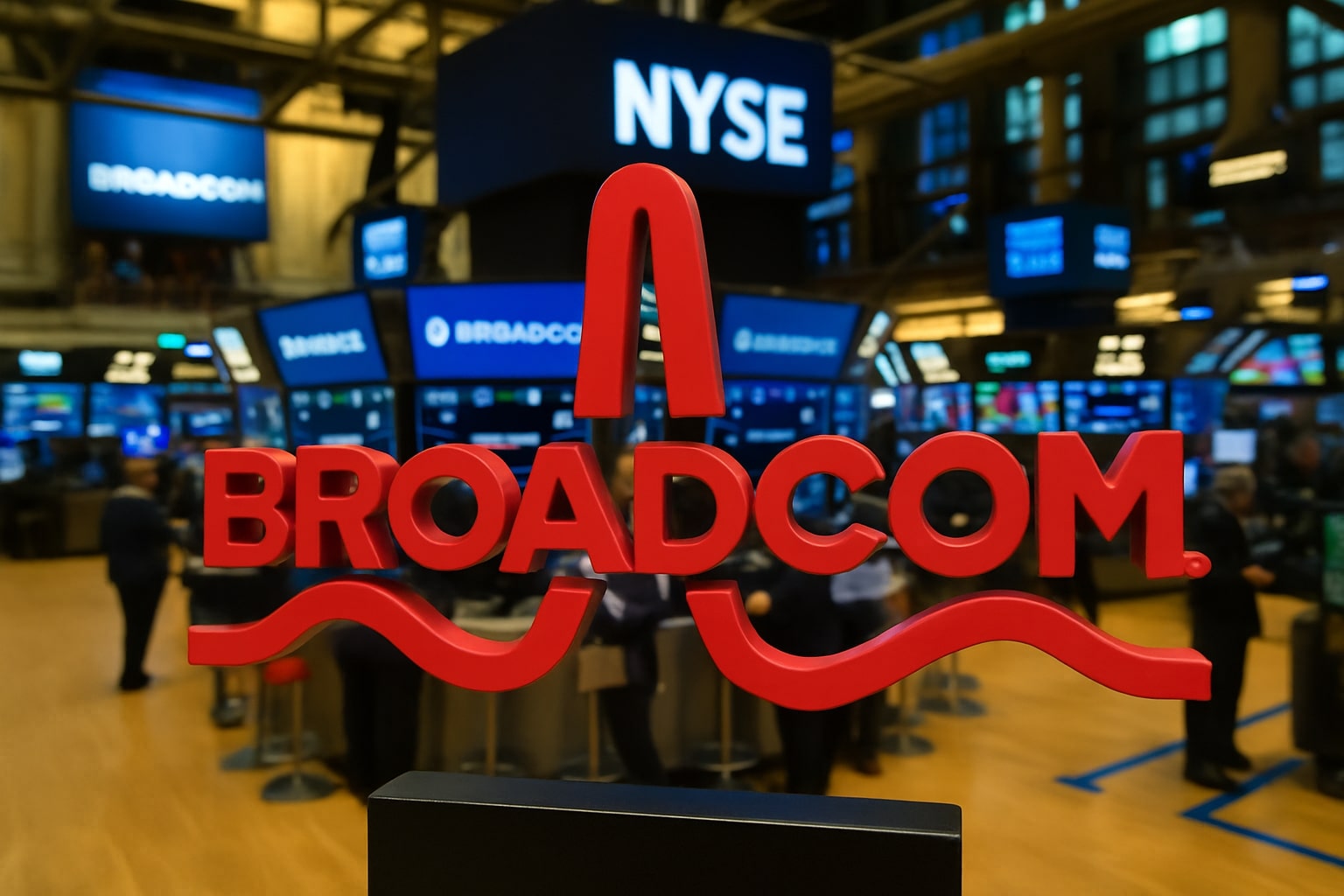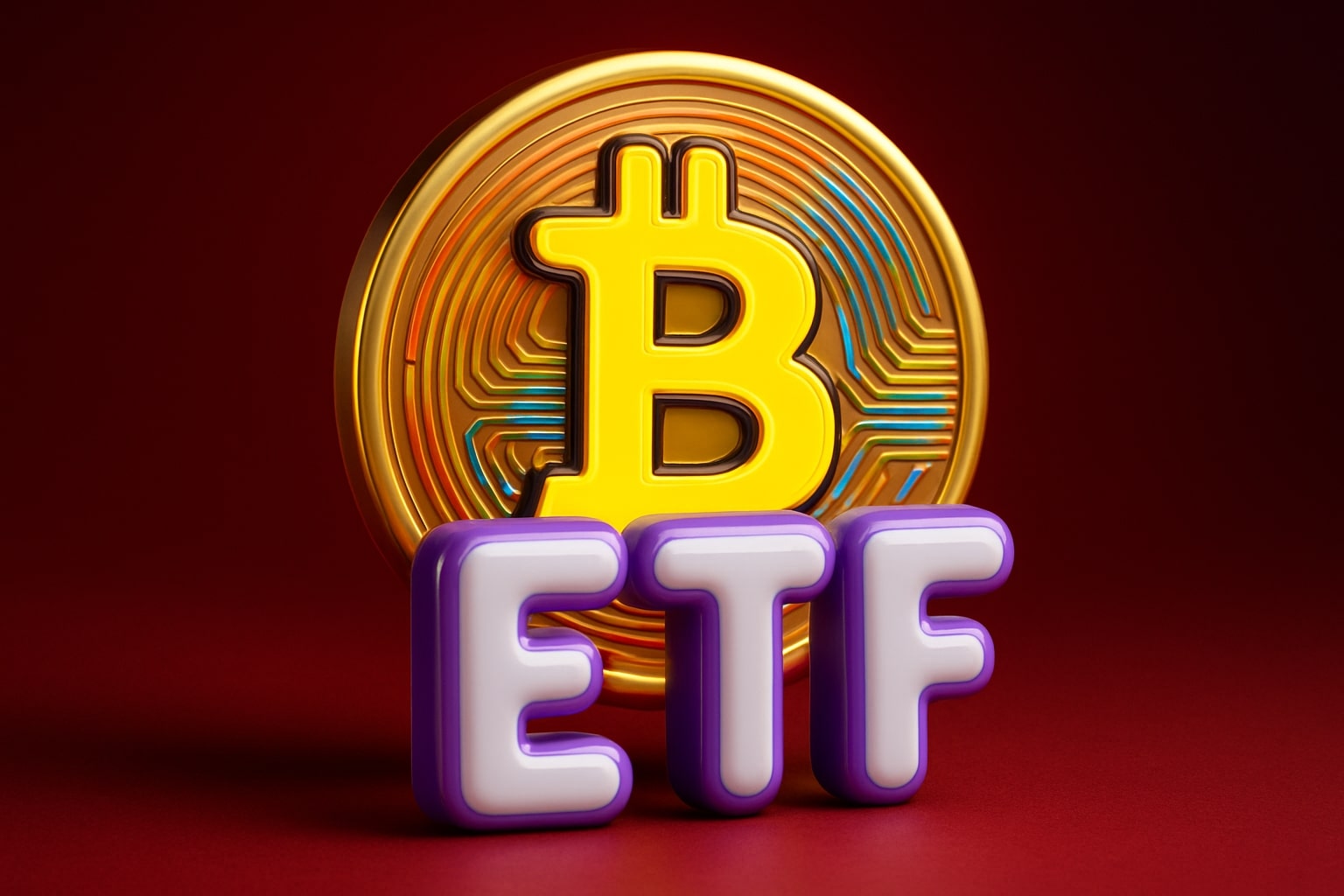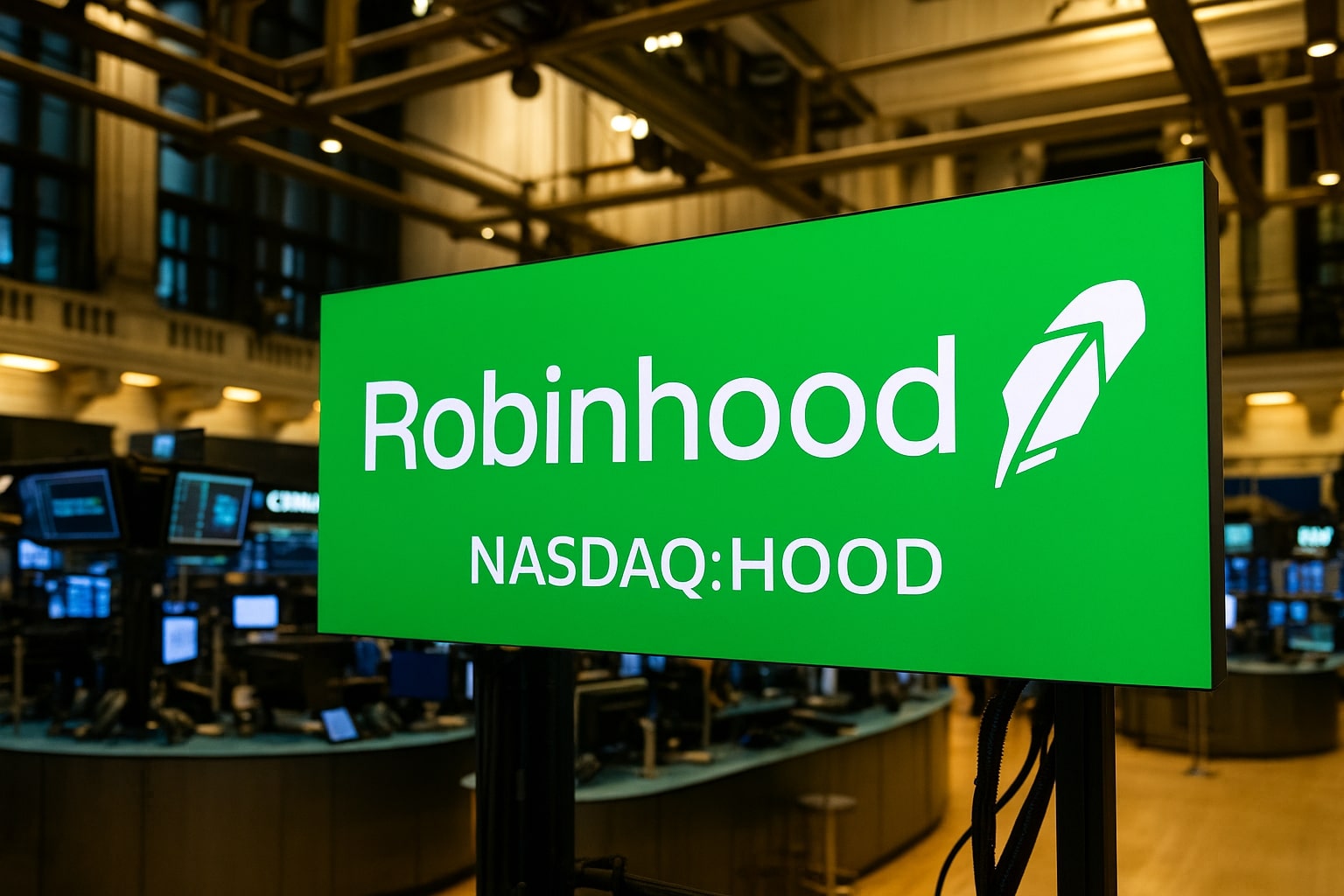
Can NASDAQ:HOOD’s Zero-Debt, $5 Billion Cash Hoard Power a Rally Past $55?
At $48.93 per share, will Robinhood’s expansion into banking and AI-driven tools justify a higher multiple, or will trading-volume volatility test support near $45? | That's TradingNEWS
Balance Sheet Strength Underpins Growth Potential for NASDAQ:HOOD
Robinhood Markets sits atop a fortress of liquidity, holding in excess of $5 billion in cash and marketable securities against zero debt. The offsetting of approximately $3.5 billion in loaned securities by equivalent segregated assets leaves Robinhood with net cash that accounts for more than 20 percent of its $22.7 billion market capitalization. This unparalleled balance-sheet health grants management the latitude to fund new product launches—be it checking accounts offering 4.00 percent APY or AI-driven investment tools—without resorting to dilutive equity raises or costly borrowing. Investors tracking NASDAQ:HOOD can watch real-time price movements via the TradingNews chart, knowing that the company’s liquidity buffer insulates it from short-term market shocks.
Free Cash Flow Trajectory Compresses Valuation to Attractive Levels
Having posted free cash flow of roughly $1.2 billion in 2024, Robinhood projects a 20 percent year-over-year boost to about $1.5 billion in 2025 as top-line growth hovers in the mid-teens. When dividing the current enterprise value by that forward FCF estimate, NASDAQ:HOOD trades near 15× free cash flow, a sharp contraction from the 26× FCF multiple paid just months ago. This de-rating reflects a combination of rising investor confidence in recurring revenue streams—such as interest earned on customer cash balances and subscription fees for Gold—and healthy core operations that no longer rely almost exclusively on trading commissions. As fee-based products like the Gold Card and crypto staking rollout gain traction, the proportion of subscription and interest income should rise, further smoothing cash flow and justifying an expanding multiple.
Revenue Growth Faces Calendar Comparisons and Market Volatility
Robinhood’s record $1 billion revenue quarter in Q4 2024 sets a lofty bar for Q4 2025, potentially muting headline growth figures when year-over-year comps become more difficult. Assets Under Custody declined 8 percent year-over-year in February, from $90 billion to $82.8 billion, highlighting trading activity’s sensitivity to market direction. If equity markets remain range-bound or retreat, trading volumes—and thus transaction-based revenues—will likely pull back. Management’s promise of “at least double-digit” annual growth therefore warrants scrutiny: sustaining 15 percent revenue growth through a challenging macroeconomic environment will require offsetting trading headwinds with new income streams from lending, credit cards and deposit products.
Product Suite Expansion Fuels Ecosystem Stickiness
Robinhood’s ambition to evolve into a financial super-app hinges on its rollout of banking, borrowing and AI-driven tools. The Gold Card’s gradual issuance, promising up to $2.5 million in FDIC insurance and exclusive concierge perks, marks the first step toward high-margin subscription revenue. Upcoming launches of Robinhood Banking—featuring checking and savings accounts at 4.00 percent APY—combined with robo-advisor “Strategies” and the “Cortex” AI research assistant, stand to deepen user engagement. By layering these services atop a commission-free trading interface, Robinhood can capture greater wallet share from its predominantly millennial and Gen Z user base, transforming one-off trades into multi-product relationships that generate recurring fees.
Insider Transactions Signal Cautious Confidence
A review of NASDAQ:HOOD insider trading via the TradingNews insider transactions page reveals no material purchases or sales since mid-2022. The absence of insider selling as the stock has climbed above $48 may reflect executives’ satisfaction with current valuations, but equally, the lack of fresh buying suggests that insiders are allowing operational progress—rather than personal stake accretion—to drive confidence. This neutral insider activity underscores the importance of performance catalysts, such as sustained FCF growth and successful product launches, to further influence executive conviction.
Competitive Landscape and Regulatory Hurdles
Robinhood operates in an increasingly crowded fintech arena. Rivals like SoFi and Webull aggressively court the same demographic with competitive APYs, premium credit cards and expanded crypto offerings. Traditional brokers are also lowering fees to retain market share, forcing Robinhood to defend its core audience through continuous innovation. Expansion into lending and credit products invites heightened regulatory scrutiny and introduces credit-loss risk, particularly if underwriting standards loosen in pursuit of rapid user growth. Moreover, the historical inverse relationship between interest rate gyrations and trading volumes remains a structural headwind: as the Federal Reserve keeps rates elevated, retail trading activity may contract, pressuring Robinhood’s commission revenues unless new fee-based verticals gain material traction.
Technical Backdrop Supports Accumulation
The stock’s recent consolidation above its 50-day moving average near $45, coupled with a 6 percent drop in short interest since March, signals that bearish sentiment is waning. Trade volumes have consistently exceeded the 30-day average of 10 million shares, indicating sustained institutional and retail engagement across pullbacks. For those seeking an entry, the converging 50- and 100-day averages in the low-$40s represent a logical zone to accumulate, offering a favorable risk-reward against a potential run to $60 if Robinhood validates its double-digit growth thesis.
Strategic Recommendation: BUY on Dips
Given the low-leverage balance sheet, accelerating free cash flow and the breadth of upcoming product rollouts, NASDAQ:HOOD merits an “accumulate on weakness” stance. Targeting entries in the $42–$44 range aligns with key moving-average support zones while maintaining upside exposure toward $60 should management demonstrate consistent revenue diversification and FCF expansion.
That's TradingNEWS
Read More
-
GPIQ ETF Rises on 10% Yield and AI Boom as Investors Brace for Tech Volatility
14.10.2025 · TradingNEWS ArchiveStocks
-
Ripple (XRP-USD) Stabilizes at $2.51 as Whales Buy $5.5B and ETF Outflows Shake Crypto
14.10.2025 · TradingNEWS ArchiveCrypto
-
Natural Gas Price Forecast - NG=F Falls to $3.07 as Supply Glut and Weak Heating Outlook Hit Demand
14.10.2025 · TradingNEWS ArchiveCommodities
-
USD/JPY Price Forecast - Dollar to Yen Slides to 151.80 as Trade Tensions Boost Yen Strength
14.10.2025 · TradingNEWS ArchiveForex














